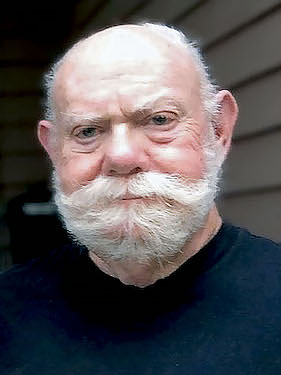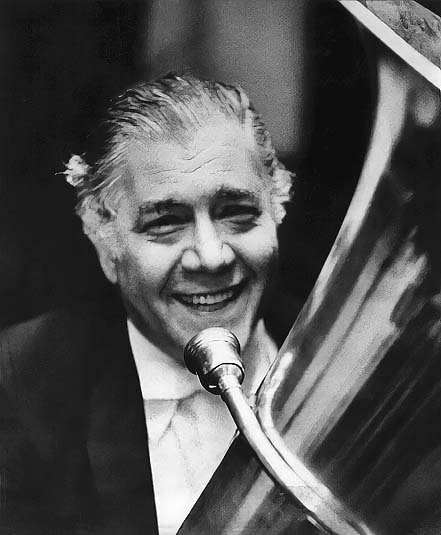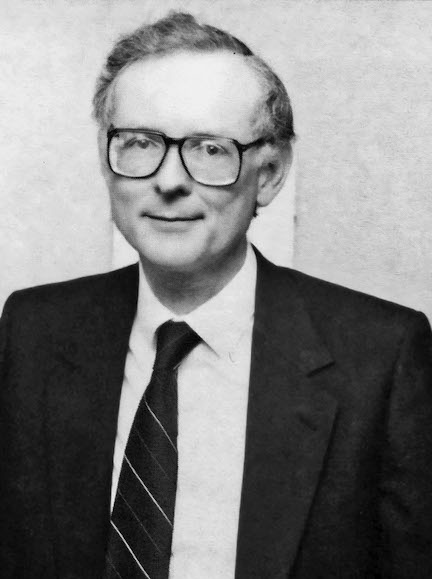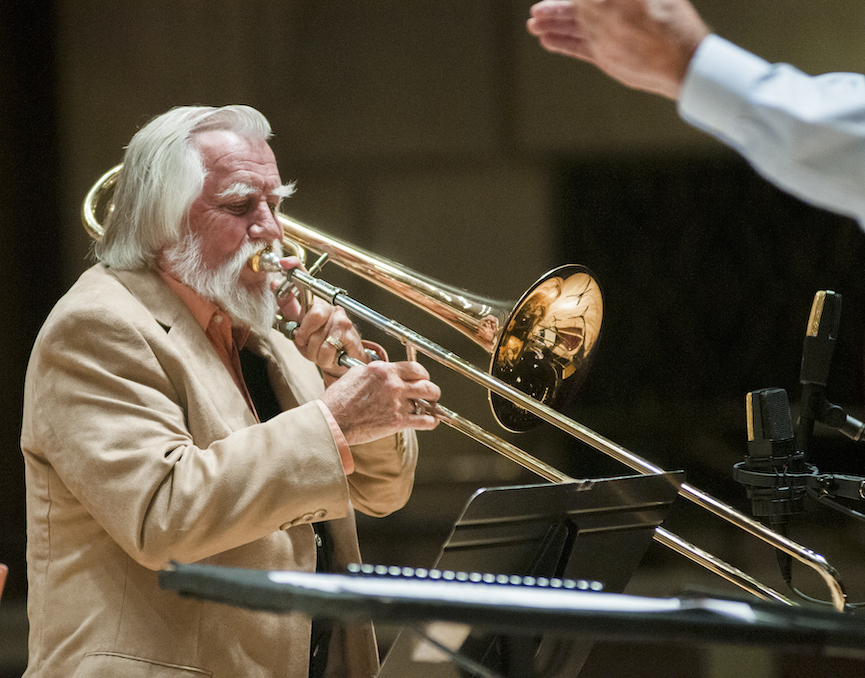Tribute
to Richard Erb, Arnold Jacobs, George Osborn, John Marcellus
Posted on: 1/7/2007
at <http://www.midwestclinic.org/mentortribute/tribute.asp?tributepostId=18>.
As
an undergraduate, I focused on tenor trombone. Richard Erb was bass trombonist
with the Louisiana Philharmonic Orchestra and on the faculty at Loyola University
of the South, where I studied with him. He had the most profound effect of
all my wonderful trombone teachers on my playing skills—and a world of
patience. It helped, I think, that in his youth some of his teachers
had told him he would never make it as a professional trombonist.
Arnold
Jacobs, the late tubaist with the Chicago Symphony Orchestra, was Erb's most
profound teacher, to whom Dick had sent me when I was struggling the most.
In one hour, Jacobs permanently changed my playing for the better. (He would
say, of course, that I made the change; but I could not have without him.)
Needless to say, I returned for more hours! And then my lessons with Dick
entered the new possibilities we had hoped for.
In
graduate school I focused my classical studies on the bass trombone and kept
the tenor my jazz focus. I was fortunate to have George Osborn as my private
trombone teacher at The Eastman School. He, too, exhibited great patience
with this jazz-writing graduate student. I kicked myself into preparing as
much as possible; but sometimes the exhaustion of the jazz-writing major would
take over—such as when I actually feel asleep once in a lesson while
standing up and holding the trombone! George taught me a tremendous amount;
so I must have been awake most of the time.
John
Marcellus directed the Eastman Trombone Choir and the (jazz) Bionic Bones. He has always been a champion of all music: jazz, classical,
and contemporary—large and small ensemble—and he addresses each
with ease (and of course, his notoriously active sense of humor). I experienced
some of my most profound performance-related emotions under his baton as he
elicited the music from our bells.
Without
the mentorship of these fine folks, I would certainly not be playing the trombone
today.
 |
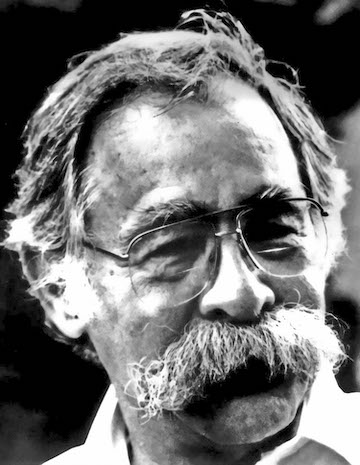 |
 |
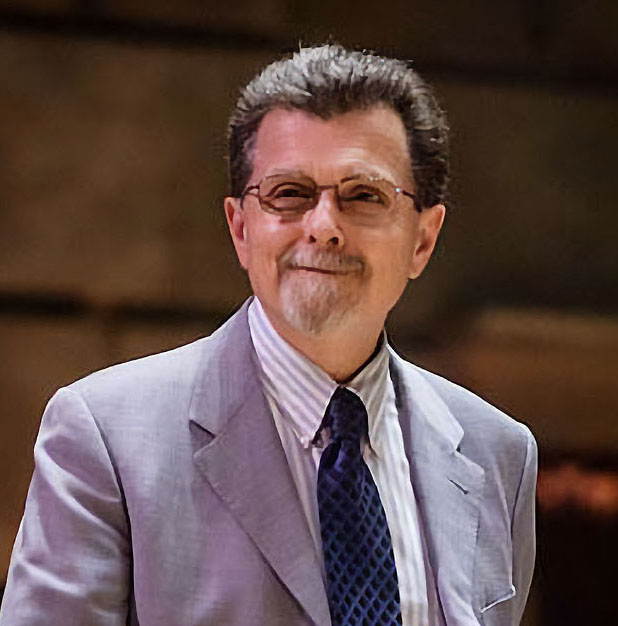 |
John Mahoney |
Manny Albam |
Rayburn Wright |
Bill Dobbins |
Tribute
to John Mahoney, Manny Albam, Rayburn Wright, Bill Dobbins
at <http://www.midwestclinic.org/mentortribute/tribute.asp?tributepostId=19>
John
Mahoney was Coordinator of Jazz Studies at Loyola University of the South from 1978 until his retirement in May 2014. During his earliest years there I studied jazz improvisation and writing with him. A trombonist, pianist,
composer, educator, and sometimes-vocalist, his background is a large influence
on those elements ending up in my background. Despite my slow learning
as an undergraduate jazz trombonist, John realized that I had some abilities
as a jazz writer and told me so (as I had not recognized that avenue myself).
With a little extra time, I was able to get my act together enough to get
into Eastman as a graduate jazz-writing major.
Part
of that extra time was a month at Eastman’s summer “Arranger’s
Holiday” Institute, where I experienced the joy of surrounding myself
with musicians who so intensely wanted to perform and write music—and
on a tight schedule. My primary writing instructor there was Manny Albam,
who exposed me to music and a means to write it that literally changed my
life. Anytime he taught or conducted, he subliminally conveyed to everyone
how happy this life of music made him and how much he wanted to share it with
us, to bring the next generation into this great feast. And he did, year after
year.
Once
a full-time student at Eastman I had the opportunity to study under Rayburn
Wright, the late Director of Jazz Studies at the Eastman School of Music.
I had gotten a week or so with him a previous summer. What a mind! What ears!
What leadership! What interpersonal skills! What organizational chops! What
a visionary! What a teacher! What a nice guy! To say he taught by example
is an incredibly unsatisfying understatement. He was wildly capable of anything
musical and accomplished it with a calmness that belied his abilities and
his enthusiasm. I could live, learn, and teach the rest of my life and never
rise to Ray’s abilities as a mentor and person; but there’s good
reason to try. You can read an article I wrote in tribute to him here.
His
colleague, Bill Dobbins, taught there for many years further. I had thought that John Mahoney
was the picture of laid-back until I met Bill (who, along with Ray, had taught
John). Bill’s determination and focus made any musical task achievable,
and he expected his students to apply those same skills to the best of their
abilities. His ears and notation accurate beyond any standard, it’s
fair to say that the question “WWBD?” (“what would Bill
do”) arises at least subconsciously every time I decide how best to
write out some ridiculously intricate transcribed passage. His instructional
and performance abilities alone were enough to make the Eastman
experience worthwhile; but partnered with Ray, those two years were an unforgettable
recipe for my learning how to write, (finally) how to improvise, and in what
ways I wanted music to be in my life.
These
people were of critical importance in bringing my abilities to flourish—especially
as a writer, but also as a performer, and most certainly as a teacher.
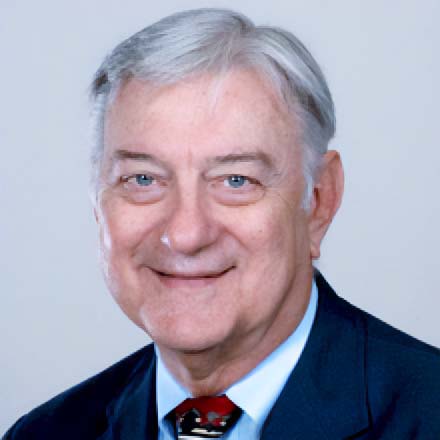 |
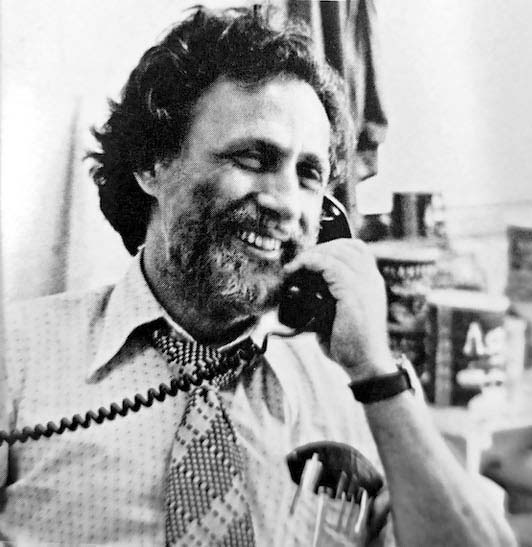 |
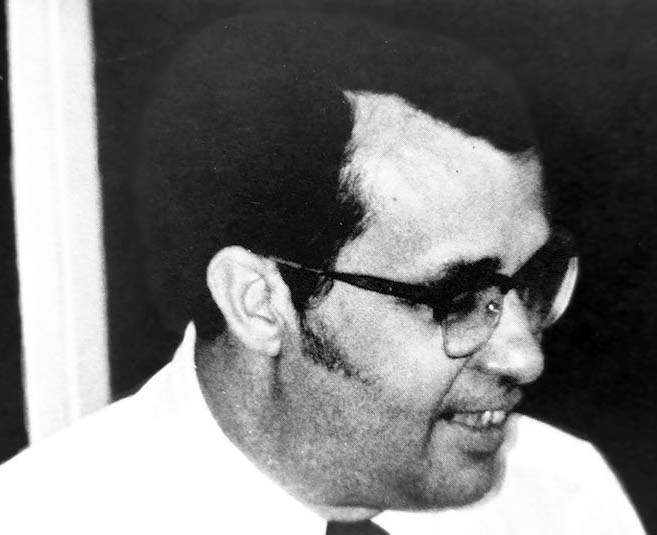 |
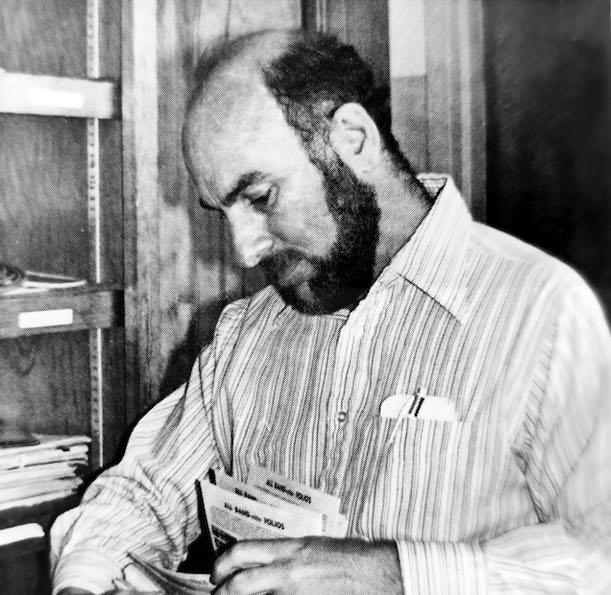 |
Joseph Hebert |
Patrick McCarty |
Marion Caluda |
Logan Boudreaux |
Tribute
to Joseph Hebert, Patrick McCarty, Marion Caluda, Logan Boudreaux
at <http://www.midwestclinic.org/mentortribute/tribute.asp?tributepostId=20>
At
Loyola University of the South, Dr. Joseph Hebert directed the Wind Ensemble until retiring in May 2015. During much of that time, he also ran the jazz program he had
founded there (before passing it to John Mahoney). But I had first experienced
him via the Loyola Summer Music program, where my older brother and then I
had attended during high school. So in various ways, I had learned from him
during my elementary, high school, and college years. The artists he brought
in and tours he led were also important experiences in my life.
After
I found I could not yet get into my chosen graduate school, he offered me
the chance to take an extra year of study at Loyola in order to further my
abilities—an opportunity that certainly opened a door to my future. Then,
in the summer between grad-school years, when I visited home to see if I could
find musical work to pay my school bills, he promptly offered me a steady
gig of major proportions that exceeded any hopes I'd had. "Doc"
always found the intersections of need and opportunity, which inspires the
rest of us to make the most of them and to create them for others.
Another
"Doc" had similar impact. Dr. Patrick McCarty taught music theory
for the Loyola Summer Music program during my high school years, where he
opened up my eyes to a fascination with scores, parts, and their aural sum.
When I later majored in music there, he was my freshman theory teacher. I'd
often turn in two versions of the homework: one that I knew was what he was
seeking, and one that included the uncategorized sounds I was hearing in my
head for the exercise. He'd patiently correct each, showing me the theoretical
names and processes for what I was hearing—often jazz influences I could
not yet identify on my own. I still remember his red, blue, green, and purple
inks for marking various musical characteristics. (Note the many pens and markers in his photo above!)
These
two professors intersected frequently in my high school years. In fact, Dr.
Hebert directed me within the All-District Concert Band in my senior high
school year, for which the repertoire included "Ballade," written
by Dr. McCarty. It's still one of my favorite wind ensemble compositions;
so I'm holding onto the LP.
The
teaching of both "Docs" reinforced my belief that it's important
to have some of the most experienced instructors teaching the youngest students.
They set me on a path and steered me through years of efforts to find my creative
voice.
Certainly
that path had its roots at Jesuit High School. When I was a junior, I asked
my band director, Mr. Marion Caluda, if I could re-arrange a concert band
arrangement of "Sounds of the Carpenters" so that it might become
a feature for our trombone section. His consent provided me score-study and
some writing practice. And of course I played the trombone in any configurations
I could find at school. In my senior year he allowed me to solo with the marching band on the football field on "A Fifth of Beethoven." I recall in the first rehearsal finding that I'd not transposed the original trumpet-key chord changes into concert key for my own use. Lesson learned!
In
my junior year his colleague, Mr. Logan Boudreaux, formed a coalition with nearby Dominican High School so as to form a coed jazz band that served the interests of both schools. In my senior year he formed the first Jesuit
jazz band in many years; and we managed to get our act together enough to
perform at the Loyola Jazz Festival, which I had attended as a spectator for
years. Such opportunities sparked my interest in a life of music-making, and
I am indeed fortunate that he and Marion Caluda were able to give me those opportunities.
Additional Tribute
to John Marcellus
created February 2014 in anticipation of his retirement from The Eastman School after 36 years of dedicated service
During my years Doc directed the Eastman Trombone Choir and the Bionic Bones. He has always been a champion of all music: jazz, classical, and contemporary—large and small ensemble—and he addresses each with ease (and of course, his notoriously active sense of humor). I experienced some of my most profound performance-related emotions under his baton as he elicited the music from our bells.
One unique moment still stands out, nearly 30 years later. The Trombone Choir was warming up in the Remington Room when one by one, each of us felt a tug on our tuning slides behind us. Startled, I looked back to find Doc pulling out my tuning slide out a couple of inches; then he'd move on to the next person, equally surprised.
He then stood on the podium, named the Bach chorale of choice, and led us in performing the sound that only 20+ trombones can produce. But this day this sound was incredibly different: it was as one; it was dark; it was richer than ever; it vibrated throughout my body. And it was moving: I was speechless and nearly in tears when we completed the chorale; and I was not alone. It was the only time in my two years at Eastman that I fully experienced the sound I'd heard on the classic recordings of the Remington-era Eastman Trombone Choir.
What had just happened? We were all stunned. Doc simply said: "For once, no one was above the pitch. And for once, everybody knew they were out of tune; no one assumed they were in tune. So as a result, everyone listened and adjusted the way we always should."
I admit I thought the Choir should have its slides pulled for the remainder of the year, but Doc said that would have been harmful to our chops. Nonetheless, he had made his point. And time and time again, as a director of ensembles of all sizes, instrumentations, and genres, I have re-proven his point. Great music is often greater when no one is above the pitch and no one assumes their tuning is done.
Thanks, Doc, for one of a thousand great lessons. And best to you for your retirement!
I was also fortunate that because of my constant gigging in New Orleans, my subsequent performing and teaching around the world, and my 35-year full-time university teaching career
that included hiring eminent guest artists, I was also mentored by thousands of non-male and non-white musicians who also provided me invaluable and diverse guidance by their words and music.
